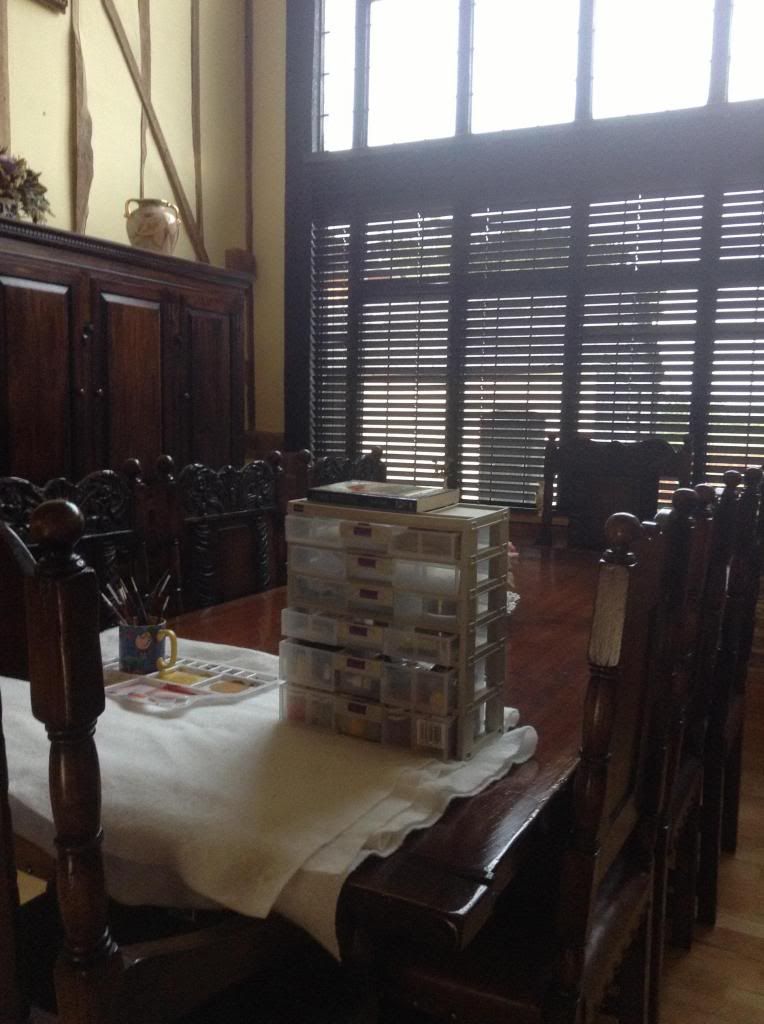I am sure that you have all heard of Richard Halliwell. In my opinion, enthusiasts of GW games (and many games beyond their universes) have a great deal to owe him. A few months ago, I researched and published an article that took a look at Halliwell's incredible back catalogue of games, from the early years of his career in a semi-professional capacity to the later, Games Workshop years when he produced quality title after quality title.
This article can be found here.
As well as a rich pedigree of games mechanics, Halliwell also wrote a large number of decent articles for White Dwarf and I present for discussion today, in my opinion, his finest work in the magazine. A detailed study of the Witch Elves (and the the rest of the Elves in a way) in Warhammer Third Edition. Let's have a read of the article.
Well if that isn't enough contemporary background for a massive Oldhammer Campaign I don't know what is? Dark elf armies, chaos allies, sojourns into Lustria for skirmishes with Slaan and Norse, pitched battles with Sea Elf and High Elf armies. Standing over all of this, the narrative of the Witch Elf domination of Naggaroth (with the power struggle with the remaining Black Pilgrims) and the identify of the High Elf traitor to play for.
Stirring stuff.
But what of the miniatures? Well, Bob Naismith sculpted several ranges of Dark Elves in the '80s and in my view his work still stands up their with the best of the sculpts available. As a footnote to the article above, White Dwarf published a range of Dark Elf warriors. This would include a witch elf or two, cold one riders and the famous Mengil Manhide's Regiment of Renown.
Now my collection does contain many dark elves. I have ten or so of the plastic ones from the Warhammer Regiments boxset and I have a smattering of the Manhides lurking around in bags. I did have the full set back in the day, having bought the clear plastic regiment set in Wonderworld in Bournemouth in the late 80s. Sadly, those models have long since been sold on (when I was a poor single man) but I am slowly building up a reasonable force on them.
I rather like Naismith's elves. They have a detailed, almost engraved feel to them. They have lots of little details that make painting them quite a challenge and all the models have this 'twisted' vibe to them which is suitably evil. Aly Morrison contributed further to the range with a series of command figures. These were produced around 1987 along with a wealth of other command models in support of 3rd edition. Though slightly different in character, their style is in keeping enough not to look odd alongside Naismith's work.
Here are the models published alongside the article above.
Now my collection does contain many dark elves. I have ten or so of the plastic ones from the Warhammer Regiments boxset and I have a smattering of the Manhides lurking around in bags. I did have the full set back in the day, having bought the clear plastic regiment set in Wonderworld in Bournemouth in the late 80s. Sadly, those models have long since been sold on (when I was a poor single man) but I am slowly building up a reasonable force on them.
I rather like Naismith's elves. They have a detailed, almost engraved feel to them. They have lots of little details that make painting them quite a challenge and all the models have this 'twisted' vibe to them which is suitably evil. Aly Morrison contributed further to the range with a series of command figures. These were produced around 1987 along with a wealth of other command models in support of 3rd edition. Though slightly different in character, their style is in keeping enough not to look odd alongside Naismith's work.
Here are the models published alongside the article above.
Sadly, this is the second and final Regiments of Renown article, the first being the Orc Boar Boys. I really enjoyed the exploration of the background of the elves at this point. Later on, more background material would see the light of day; skaven, dwarfs and, of course, the empire would be detailed, but this material was increasingly geared towards 4th edition rather than the roleplay inspired 3rd.
So what are your opinions of the dark elves and the miniatures produced to represent them? Love? Loathe?
Discuss below.
Orlygg.




















